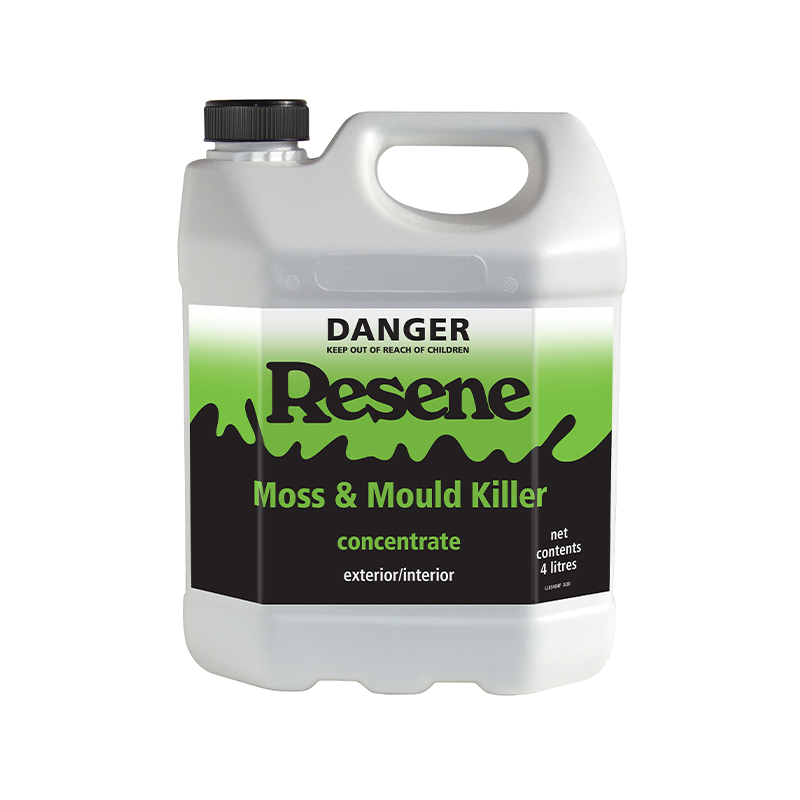Got a large or long fence that needs painting? If done properly, using an airless sprayer to apply your Resene paint can cut hours off the job, as well as help you to achieve a professional looking finish. Resene Spray Expert Allan McMillan is here to show you exactly how to spray a fence and talks through invaluable tips and techniques along the way.
Spraying is a highly effective method of painting, but it is crucial to know your way around the proper equipment, as you can end up wasting paint and making a major mess if you don’t know what you’re doing. While there are a variety of makes and models available, an airless sprayer is a machine where a high-pressure pump atomises paint at the point of discharge. There are many intricacies and variables involved when selecting not only the machine, but the appropriate tip for your type of paint and the size of the area you’re spraying. The Resene Airless Tip Guide is a great resource to help you get the most out of your equipment.
Follow Allan’s step-by-step instructions on how to spray paint a fence using an airless sprayer.
















